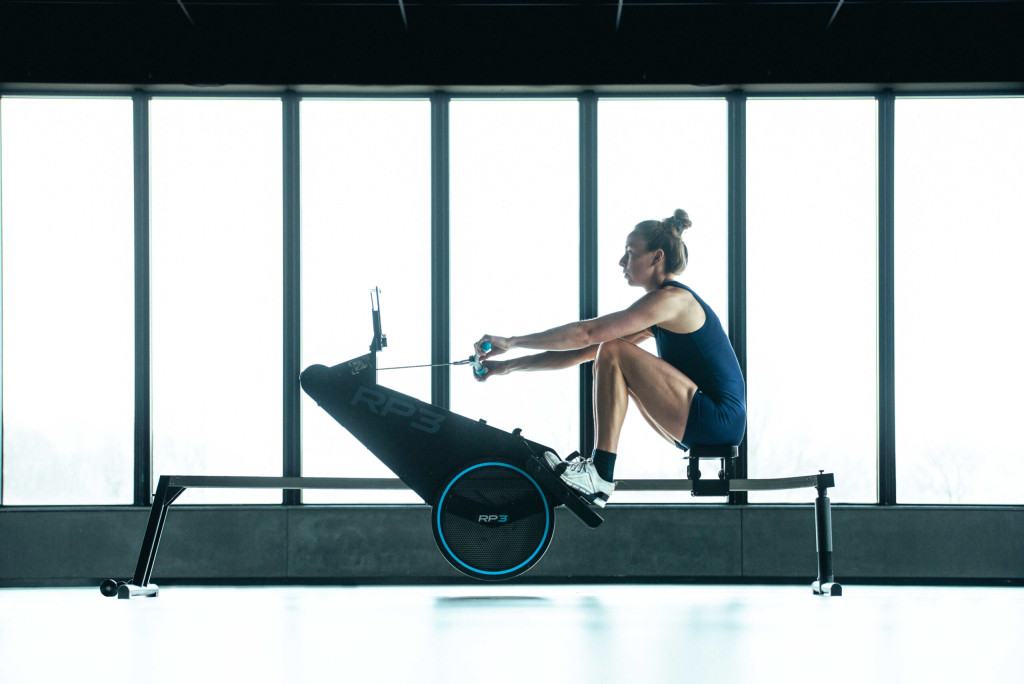Best low-impact cardio options for home
Discover 5 effective low-impact cardio options for home workouts that protect your joints while boosting fitness. Transform your health journey with these sustainable exercises for
Creating an effective home fitness regimen with rowing as the cornerstone is absolutely achievable and sustainable for the long term. Rowing offers a unique combination of strength and cardiovascular benefits while placing minimal stress on your joints. With proper equipment, proper rowing technique, and workout variety, you can develop a comprehensive fitness routine that remains engaging and effective over time. The key is understanding proper form, establishing appropriate frequency, and implementing progression strategies to continue challenging yourself.
Setting up an effective rowing space at home requires thoughtful consideration of both essential and supplementary items. The centerpiece is naturally the rowing machine itself, which comes in various types and price points.
A quality dynamic rowing machine represents the most significant investment. Unlike static machines, dynamic models move with your body, providing a more realistic rowing experience while reducing strain on your lower back. This design mimics the movement of an actual boat, creating a more authentic experience and engaging your muscles more effectively.
Space requirements vary by machine model, but generally, you’ll need approximately 8-9 feet in length and 2-3 feet in width, plus additional space for movement around the equipment. Many models can be stored vertically when not in use to save space.
Equipment to enhance your rowing workouts includes:
Digital tools such as performance tracking apps can help monitor your progress by recording metrics like stroke rate, power output, and split times. These applications provide real-time feedback and allow you to analyze your technique and improvements over time.
The ideal rowing frequency depends on your fitness goals, recovery capacity, and available time. For general fitness and endurance development, 3-4 sessions per week provides excellent results while allowing adequate recovery.
When focusing on weight loss, consistency is key. Aim for 4-5 sessions weekly, alternating between longer steady-state workouts and higher-intensity interval training. If strength building is your primary goal, 2-3 rowing sessions combined with complementary resistance training yields balanced results.
For those with limited time, polarized training can be particularly effective. This approach involves doing about 80% of training at lower intensities and 20% at higher intensities, with minimal work in the moderate zone.
Recovery time between sessions is crucial for progress. Listen to your body and incorporate at least 1-2 rest days weekly to prevent overtraining. Gradually increase frequency by adding one session per week rather than suddenly doubling your workload.
Newcomers to rowing should focus first on mastering proper technique before increasing workout intensity. Begin with 10-15 minute sessions at a comfortable pace (18-20 strokes per minute) with moderate effort.
A fundamental beginner workout includes:
As comfort increases, introduce simple interval training: alternate 1 minute of increased effort with 2 minutes of recovery rowing. Gradually reduce recovery time as fitness improves.
Track key metrics like stroke rate, distance covered, and split times (time to row 500 meters). These measurements provide clear indicators of progress as you develop your rowing fitness.
Correct technique is fundamental for effective and safe rowing workouts. The rowing stroke consists of four distinct phases that should flow together smoothly.
During the catch phase, sit tall with arms extended forward, knees bent, and shins nearly vertical. The drive begins with pushing through your legs while keeping your arms straight and back engaged. As your legs extend, hinge at the hips and pull the handle toward your lower ribs, finishing with elbows bent back.
The recovery is simply the reverse: extend your arms, hinge forward at the hips, then bend your knees to slide forward to the catch position. Maintaining a straight back throughout all phases is crucial.
Common form mistakes include rushing the recovery, hunching the shoulders, and overreaching at the catch. Without a coach present, use a mirror or record yourself to check your form regularly.
Synchronize your breathing with your stroke: exhale during the drive phase and inhale during recovery to maintain rhythm and ensure adequate oxygen flow to your muscles.
Rowing engages approximately 85% of your body’s muscles, making it one of the most comprehensive exercise options available. Each stroke activates the quadriceps, hamstrings, glutes, core, back, shoulders, and arms in a coordinated sequence.
Compared to running or cycling, rowing provides substantially more upper body engagement while still delivering excellent cardiovascular benefits. In terms of calorie expenditure, a vigorous rowing session can burn up to 600-800 calories per hour.
While rowing is remarkably comprehensive, some muscle groups receive less attention, particularly the chest, outer shoulders, and certain core muscles. To create a truly complete fitness routine, consider supplementing with:
Maintaining engagement with your rowing routine requires strategically introducing variety. Experiment with different interval structures—tabata-style (20 seconds on, 10 seconds off), pyramids (increasing then decreasing intervals), or distance-based challenges.
Join virtual rowing communities where you can participate in challenges or races with other enthusiasts. Many rowing apps offer structured programs, virtual scenery, and performance tracking to keep workouts fresh and motivating.
Create energizing playlists timed to your workout intervals or try rhythm-based rowing where you match your stroke rate to the beat of the music. Setting specific, measurable goals—like improving your 500m time or completing a virtual rowing event—provides clear targets to work toward.
Cross-training complements your rowing routine and prevents monotony. Try adding 1-2 days of different activities like strength training, yoga, or outdoor recreation to your weekly schedule.
As your fitness improves, systematic progression keeps your rowing routine challenging and effective. Gradually increase workout duration before intensifying effort—add 5 minutes to sessions every 1-2 weeks until reaching your time goal.
Introduce workouts with varying intensity levels, such as pyramid training where you progressively increase then decrease stroke rate and effort. For example, row at rates of 20-22-24-26-28-26-24-22-20 strokes per minute for equal time intervals.
Advanced rowers can implement periodization—cycling through phases emphasizing endurance, strength, and power while including recovery periods. Monitor performance metrics like power output (watts) and split times to identify when you’re ready for new challenges.
Listen for physical indicators signaling the need for adjustment: consistent ease completing workouts, plateauing metrics, or decreasing motivation often indicate it’s time to modify your routine.
Establishing a home rowing practice offers remarkable long-term advantages. Regular rowing improves cardiovascular health, builds functional strength, and enhances joint mobility with minimal impact stress—allowing for sustainable fitness throughout life.
To implement your routine effectively, start with mastering proper technique, then gradually build frequency and duration before increasing intensity. This methodical approach establishes a solid foundation for ongoing progress.
At RP3 Rowing, we’ve witnessed countless individuals transform their fitness through consistent home rowing practice. Our dynamic rowing machines are specifically designed to provide the most realistic rowing experience possible, with features that reduce injury risk while maximizing performance feedback.
The true rowing experience awaits—one that builds physical capability while remaining sustainable for years to come. Whether your goals center on fitness, weight management, or athletic performance, a well-structured home rowing routine based on the science of rowing provides an efficient, effective path forward.
If you’re interested in learning more about the benefits of rowing, reach out to our team of experts today.
Discover 5 effective low-impact cardio options for home workouts that protect your joints while boosting fitness. Transform your health journey with these sustainable exercises for
Discover 5 effective low-impact exercises that protect your back while maintaining fitness intensity. Learn proper form techniques to strengthen your spine without risking injury.
Discover 5 effective home workouts that build strength without stressing your joints. Learn fluid movement techniques for pain-free exercise that delivers results while protecting your
Discover effective low-impact fitness strategies that build strength and cardio health without damaging your joints. Learn sustainable workout techniques for long-term health and injury prevention.
Discover 5 effective full-body low-impact workouts perfect for beginners that protect your joints while building strength and fitness. Start your sustainable exercise journey today!
Discover how low-impact fitness creates sustainable health benefits without joint pain. Learn 5 full-body workouts that deliver results while preserving your body for decades of
Discover why low-impact workouts deliver powerful fitness results without joint damage. Learn 6 key benefits and find the perfect exercise for sustainable daily fitness that
Discover why low-impact training on recovery days accelerates muscle repair, prevents injuries, and boosts long-term fitness gains. Learn optimal activities and avoid common recovery mistakes.
Discover why rowing machines deliver a complete workout while protecting your joints. Engage 85% of your muscles with zero impact stress—perfect for fitness enthusiasts of
Discover effective low-impact exercises perfect for returning to fitness after breaks or injuries. Learn 5 joint-friendly workouts that rebuild strength while preventing setbacks on your
Discover 5 low-impact routines that challenge your entire body without stressing your joints. Build strength and burn calories while protecting your knees, hips, and spine.
Discover how rowing uniquely engages 85% of your muscles while enhancing flexibility in one efficient workout. Build strength and mobility simultaneously without stressing your joints.
Discover how consistent low-impact activity delivers powerful physical and mental benefits without joint stress. Build fitness, reduce stress, and improve mobility through sustainable daily movement
Discover why rowing machines offer the ultimate low-impact, full-body workout for home fitness. Get 85% muscle engagement with minimal joint stress—perfect for all ages and
Discover how low-impact exercise protects your joints while delivering powerful fitness results. Learn 5 joint-friendly workouts that maintain mobility and prevent pain as you age.
Discover how to build sustainable low-impact fitness habits that protect your joints while delivering exceptional results. Learn proven strategies for lifelong exercise consistency without pain.

We will send you a personal quote as soon as possible.
As soon as the quote is ready, you will receive a link by email to order directly.
